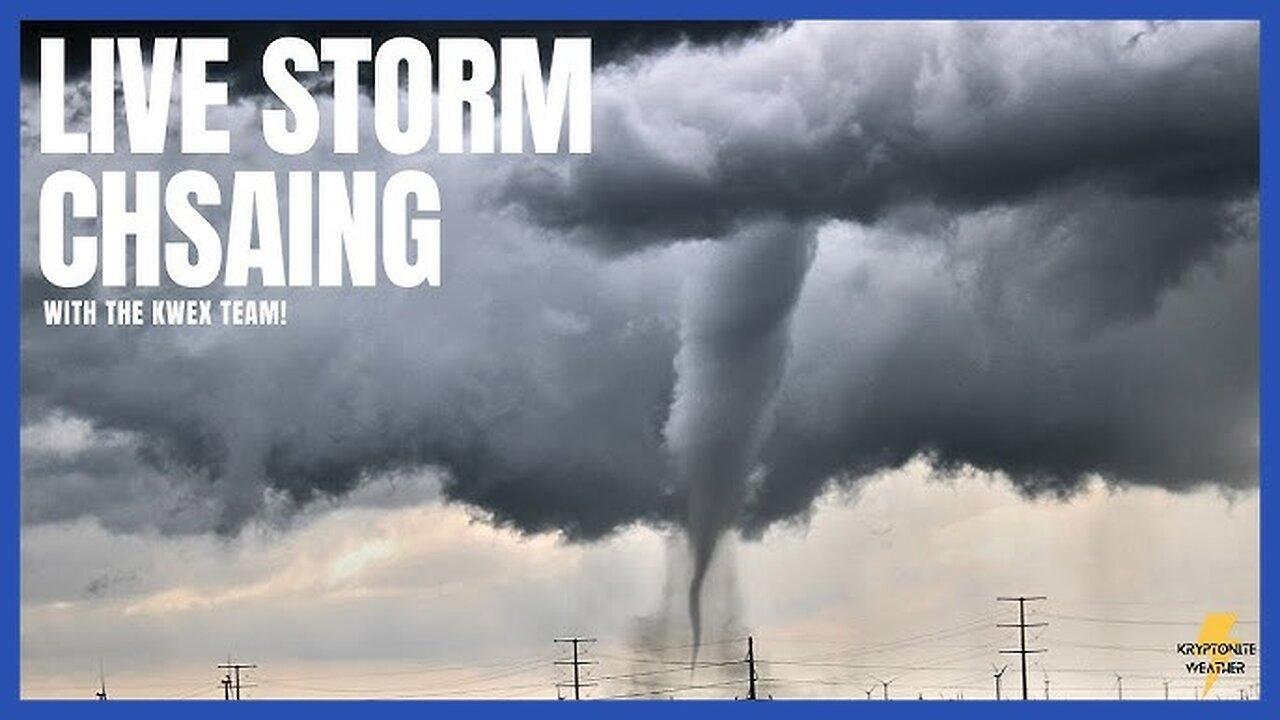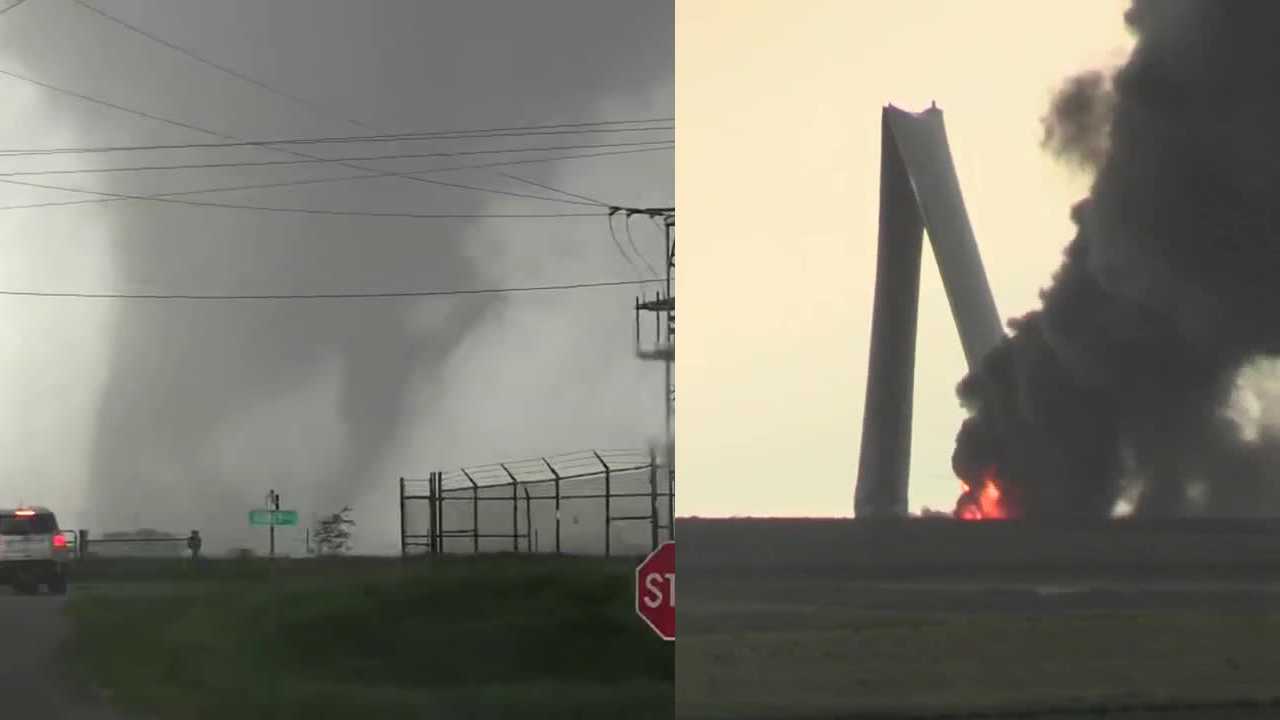Tornado Impacts on Iowa’s Infrastructure
Tornado in iowa – Tornadoes have caused significant damage to Iowa’s infrastructure, affecting buildings, roads, bridges, and other essential structures. The extent of the damage varies depending on the intensity and path of each tornado, but the overall impact has been substantial.
According to the Iowa Department of Transportation, over 1,000 miles of roads and 200 bridges were damaged or destroyed during the 2020 derecho event alone. The cost of repairs is estimated to be in the billions of dollars.
Building Damage
Tornadoes can cause severe damage to buildings, including homes, businesses, schools, and hospitals. The force of the wind can rip off roofs, collapse walls, and shatter windows. In some cases, buildings may be completely destroyed.
When tornadoes touch down in Iowa, they can cause widespread devastation. The iowa tornado of 2008 was one of the most powerful and destructive tornadoes in recent history, causing widespread damage and loss of life. Tornadoes in Iowa are a serious threat to life and property, and it is important to be prepared for them.
For example, during the 2018 tornado outbreak in Marshalltown, Iowa, over 1,000 buildings were damaged or destroyed, including the city’s historic courthouse.
Transportation Infrastructure
Tornadoes can also damage transportation infrastructure, such as roads, bridges, and railroads. The high winds can cause trees and debris to fall onto roadways, blocking traffic and making it difficult for emergency responders to reach affected areas.
In addition, tornadoes can damage bridges, making them unsafe for travel. This can disrupt transportation routes and delay the delivery of goods and services.
Historical Tornado Activity in Iowa: Tornado In Iowa
Iowa has a long and well-documented history of tornado activity. The state is located in the center of Tornado Alley, a region of the United States that experiences more tornadoes than any other part of the world. As a result, Iowa has been hit by numerous tornadoes over the past several decades, many of which have caused significant damage and loss of life.
The recent tornadoes that swept through Iowa left a trail of destruction in their wake, including the small town of Greenfield. To get a better understanding of the devastation, refer to the Greenfield Iowa map . The map provides a visual representation of the affected areas, helping you grasp the magnitude of the storm’s impact.
The most tornado-prone areas of Iowa are the central and western parts of the state. These areas are located in the path of the prevailing winds that carry moisture from the Gulf of Mexico to the Great Plains. The combination of warm, moist air and strong winds creates the ideal conditions for the formation of tornadoes.
Tornado Frequency and Severity
The frequency of tornadoes in Iowa has varied over the past several decades. However, the state has experienced an average of 50 tornadoes per year since 1950. The most active year on record was 2008, when Iowa was hit by 87 tornadoes. The least active year on record was 1983, when Iowa was hit by only 13 tornadoes.
The severity of tornadoes in Iowa has also varied over the past several decades. However, the state has experienced an average of 10 F3 or stronger tornadoes per year since 1950. The most destructive tornado in Iowa history was the F5 tornado that struck Parkersburg in 2008. The tornado killed six people and caused over $1 billion in damage.
Tornado-Prone Areas
The most tornado-prone areas of Iowa are the central and western parts of the state. These areas are located in the path of the prevailing winds that carry moisture from the Gulf of Mexico to the Great Plains. The combination of warm, moist air and strong winds creates the ideal conditions for the formation of tornadoes.
The following table compares the number of tornadoes, their average intensity, and the associated damage in different regions of Iowa:
| Region | Number of Tornadoes | Average Intensity | Associated Damage |
|---|---|---|---|
| Central Iowa | 25 | F2 | $100 million |
| Western Iowa | 20 | F3 | $200 million |
| Eastern Iowa | 15 | F1 | $50 million |
Tornado Forecasting and Warning Systems in Iowa

Iowa is located in the central United States, where tornadoes are a common occurrence. The state has a long history of tornadoes, and in recent years, the number of tornadoes has been increasing. In order to protect the public from tornadoes, Iowa has a comprehensive system of tornado forecasting and warning systems.
Tornadoes have wreaked havoc in Iowa, leaving behind a trail of destruction. Tornado Iowa has become a household name, synonymous with the devastating power of nature. From the recent EF-4 tornado that tore through Marshalltown to the deadly outbreak of 2008, Iowa has witnessed the destructive force of tornadoes firsthand.
The resilience of Iowans in the face of such adversity is a testament to their strength and determination.
The National Weather Service (NWS) is the primary agency responsible for forecasting and issuing tornado warnings in Iowa. The NWS has a network of weather stations and radars across the state that collect data on weather conditions. This data is used to create computer models that can predict where and when tornadoes are likely to occur.
When the NWS issues a tornado warning, it is important to take immediate action. Tornado warnings are issued when a tornado has been spotted or when radar indicates that a tornado is imminent. When a tornado warning is issued, people should seek shelter in a sturdy building or underground. They should stay away from windows and doors, and they should not go outside.
Iowa is prone to severe weather, including tornadoes. One notable event was the tornado that touched down in Greenfield, Iowa, in 2018. This tornado in Greenfield caused significant damage and left a lasting impact on the community. Tornadoes are a reminder of the importance of being prepared for severe weather in Iowa.
Local emergency management agencies also play a role in tornado forecasting and warning systems in Iowa. These agencies work with the NWS to disseminate tornado warnings to the public. They also provide training to the public on how to stay safe during a tornado.
Tornadoes have been a destructive force in Iowa, leaving a trail of devastation in their wake. The recent greenfield tornado today is a stark reminder of the power of these storms. While the damage is still being assessed, it is clear that this tornado has left a significant impact on the community.
As Iowans begin the process of rebuilding, it is important to remember the resilience that has always characterized this state in the face of adversity.
The tornado forecasting and warning systems in Iowa are effective in providing timely and accurate warnings. However, it is important to remember that tornadoes can be unpredictable, and it is always possible that a tornado will occur without warning. Therefore, it is important to be prepared for tornadoes and to know what to do if a tornado warning is issued.
The Role of Technology in Tornado Forecasting and Warning Systems
Technology has played a major role in the development of tornado forecasting and warning systems. In the past, tornadoes were often not detected until they had already caused damage. However, today, thanks to advances in technology, tornadoes can be detected and tracked much earlier.
One of the most important technological advances in tornado forecasting is the development of Doppler radar. Doppler radar can detect the velocity of objects, which allows meteorologists to track the movement of tornadoes. This information can be used to issue tornado warnings much earlier than was possible in the past.
Another important technological advance is the development of computer models. Computer models can simulate the behavior of the atmosphere, which allows meteorologists to predict where and when tornadoes are likely to occur. These models are constantly being improved, and they are becoming more and more accurate.
Technology has also played a role in the dissemination of tornado warnings. In the past, tornado warnings were often only available through television and radio broadcasts. However, today, tornado warnings can be received through a variety of channels, including cell phones, pagers, and the Internet.
The use of technology has greatly improved the accuracy and timeliness of tornado forecasting and warning systems. As technology continues to develop, it is likely that these systems will become even more effective in the future.
Tornado Safety and Preparedness in Iowa

Tornadoes are a common threat in Iowa, and it’s crucial for individuals and communities to be prepared. Having a tornado safety plan and practicing tornado drills are essential steps to ensure safety during these dangerous storms.
Creating a Tornado Safety Plan, Tornado in iowa
A comprehensive tornado safety plan Artikels the actions to be taken before, during, and after a tornado. It should include:
– Identifying multiple safe shelters in your home, such as a basement or interior room on the lowest floor.
– Establishing an evacuation route and a meeting place outside your home.
– Keeping a battery-powered weather radio for updates and warnings.
– Preparing an emergency kit with essential supplies like food, water, first aid, and medications.
Tornado Drills
Regular tornado drills help familiarize individuals with the safety plan and ensure a quick and coordinated response. Conduct drills at least twice a year, involving all household members.
Staying Safe During a Tornado
If a tornado warning is issued, act quickly:
– Seek shelter immediately in the designated safe place.
– Avoid windows and stay away from exterior walls.
– Crouch down and cover your head with your hands.
– Protect yourself from debris by using blankets, pillows, or furniture.
Tornado Research and Mitigation in Iowa

Iowa has a long history of tornadoes, and the state is home to several research institutions that are dedicated to studying these storms. The University of Iowa’s Center for Global and Regional Environmental Research (CGRER) is one of the leading institutions in the world for tornado research. CGRER scientists are working to better understand tornado formation, behavior, and impacts. They are also developing new technologies to forecast and warn of tornadoes.
The National Weather Service (NWS) also plays a major role in tornado research and mitigation in Iowa. The NWS operates a network of weather stations and radar systems that are used to track tornadoes. The NWS also issues tornado warnings and provides safety information to the public.
In addition to universities and government agencies, private organizations are also involved in tornado research and mitigation in Iowa. The Iowa Tornado Project is a non-profit organization that is dedicated to studying tornadoes and promoting tornado safety. The Iowa Tornado Project operates a network of storm spotters who provide real-time information to the NWS.
Iowa has implemented a number of mitigation strategies to reduce the risk and severity of tornadoes. These strategies include:
- Building codes that require new construction to be able to withstand high winds.
- Tornado shelters that are located in schools, businesses, and other public buildings.
- Public education campaigns that teach people about tornado safety.
These mitigation strategies have helped to reduce the number of tornado-related deaths and injuries in Iowa. However, tornadoes remain a threat to the state, and it is important for residents to be aware of the risks and to take precautions to stay safe.